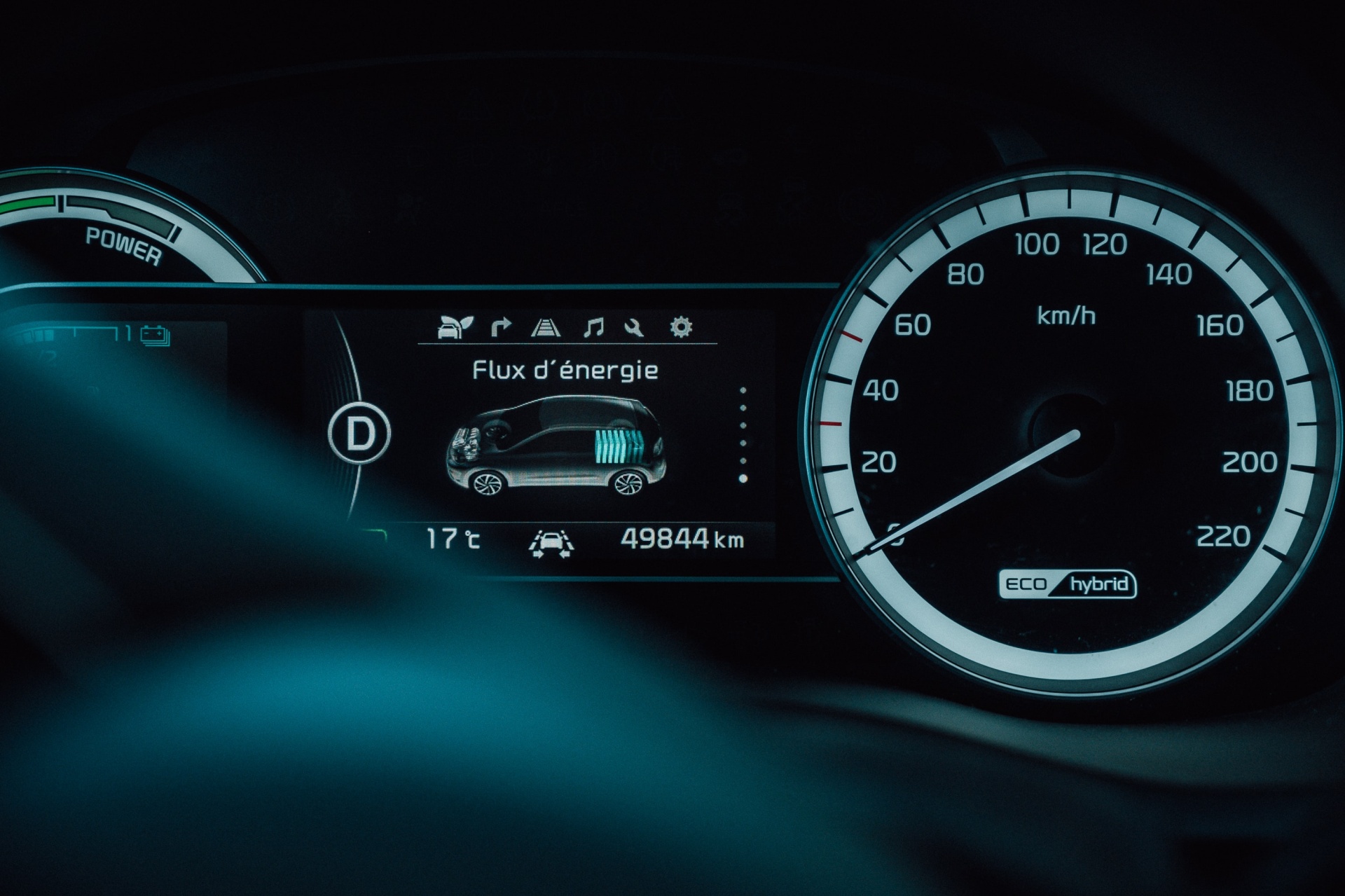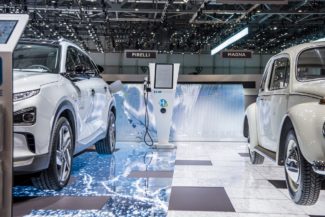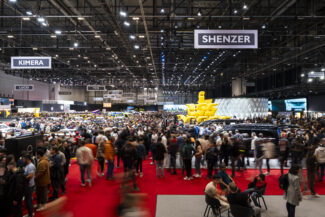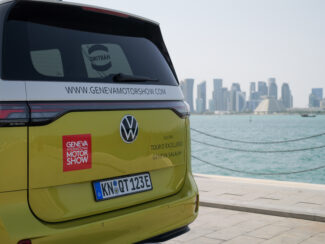The share of electric vehicles – hybrid and 100% electric – in the sale of new cars continues to increase each month, but the proportion of these vehicles remains marginal in the global fleet. According to the experts at BAK Economics, around 3 million internal combusion engines will still be on Swiss roads in 2035.
Each year, BAK Economics, the independent economic research and advice institute, produces an economic outlook study for Swiss automotive industry professionals. In a special report, economists from BAK looked at electromobility and more specifically its market penetration in the long term, particularly with a view to decisions to ban combustion engines by 2030-2040 in some European countries, and 2025 in Norway.
As a reminder, in the first two months of 2022, electric (hybrid and electric) vehicles, in Switzerland, covered 23% of new registrations. These levels are more or less similar to neighbouring Germany and France, but still well below the 65-70% level in Norway, where these types of vehicles benefit from large subsidies through the financial windfall from the sale of hydrocarbons.
The share of 100% electric vehicles in Switzerland was around 15% of sales in January and February 2022, with a proportion of the total fleet of around 1.5% (6%, including hybrids) according to the most recent statements from the Federal Statistical Office on 30 September 2021.

3.2 million combustion engines on the road in 2035
The BAK Economics study relies on the assumption of a progessive market share for electric vehicles going from 20% in 2023, to 50% in 2030 and 100% in 2035.
Thus, in 2030, from a fleet of around 5 million vehicles, 17% will be electric. The remaining 4.15 million vehicles will still be made up of vehicles with combustion engines, including hybrids. In 2035, the proportion of 100% electrical vehicles in the fleet will reach, in the most favourable scenario, 36% at best. This will still leave around 3.2 million combustion engine vehicles on Swiss roads.
By way of comparison, looking again at Norway, a country considered at the forefront of the transition to electromobility, the progressive implementation of incentives in favour of electromobility began in the early 1990s. Some adjustments were made at the end of the 2010s with the acceleration of sales due to the greater diversity of available models. There are currently twelve incentives, from the exemption of import taxes to free parking in town or permission to drive in bus lanes. After more than 30 years of promotion, 470,000 100% electric cars are registered in Norway, around 17% of the total fleet. Strictly fuel and diesel combustion vehicles – thus excluding hybrids – still represent the overwhelming majority of around 80% of the 2.8 million private cars on Norwegian roads. According to the ACEA (European Automobile Manufacturers Association), the average age of the Norway vehicle fleet is 10.7 years, compared to the 9-year average age of the Swiss fleet. Although the efforts made by the Norwegian state are huge both with respect to infrastructure and incentives, the transition to electromobility is a very long-term initiative.

What future strategies?
The consequences of crises related to Covid, the scarcity of semi-conductors and the recent conflict between Russia and Ukraine clearly affect the automobile sector with deliveries still disrupted. This being the case, the “reversal” of the fleet in favour of electrification will not happen overnight; in Switzerland, making electromobility accessible still comes up against numerous hurdles, such as, among others, the availability of functional and efficient charging infrastructure – both private and public, or continuing high pricing levels for electric vehicles.
In the meantime, biofuels and synthetic fuels have entered the frame. Various scenarios can be considered, such as the use of these “pure” fuels, with the underlying problem of producing them in sufficient quantity and at an acceptable cost. Around 6 billion litres of fuel are used each year in Switzerland. A workable trick would be to mix synthetic fuel with ordinary fuel. The infrastructure exists and requires almost no adjustment.
The rise in hydrogen for private transport remains hypothetical for the present. European manufacturers focus on this system more for the transport of goods by developing solutions for heavy- and light-duty users. As a result, the network of hydrogen service stations would have to develop at a much larger scale in the case of use for private transport.
Finally, in a way that is currently less visible, the field of after-sale service also faces a number of challenges. The automotive industry is developing extensively with the high level of technical requirements pervasive electronics in vehicles, particularly electric vehicles, call for. The many propulsion technologies require professional knowledge to be kept up-to-date, which is a major investment both in financial and logistical terms. On the other hand, the simplicity of the mechanical parts of an electric car requires longer maintenance intervals. More charges versus less work: in the long term, the structure of the smallest garages cannot or will not necessarily be able to deal wth it. For them, the energy transition will also have an impact which should also not be discounted, although the continued prevalence of combustion engines will certainly allow them to absorb the shock.
Unsplash/Avenergy/GIMS/JM








